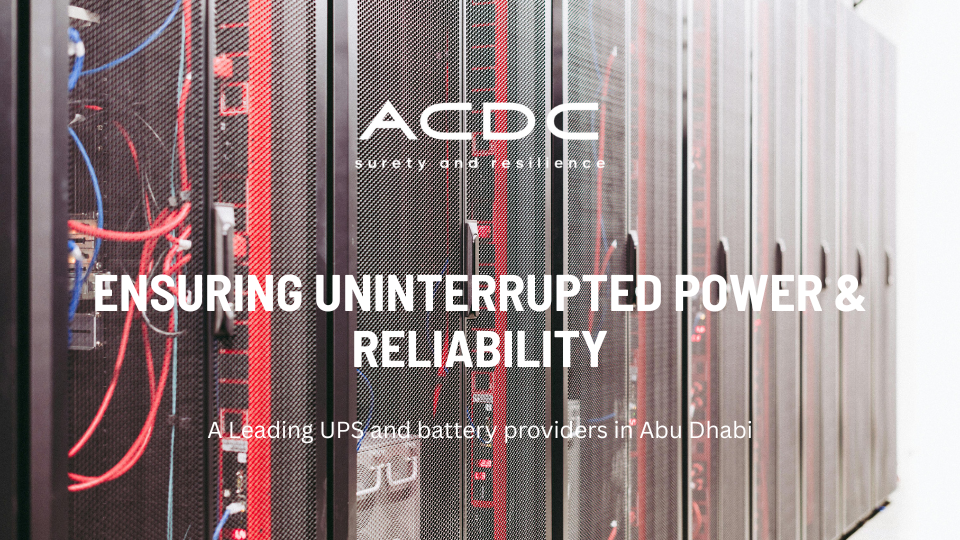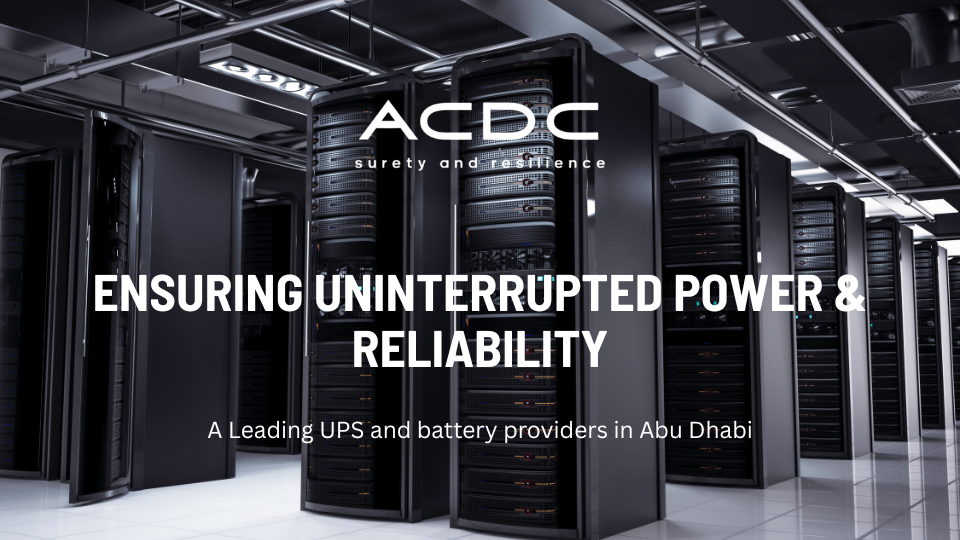In modern IT infrastructures, uptime is everything. Businesses rely heavily on data centers to ensure that their digital operations run 24/7 without disruption. This is where redundancy plays a critical role.
Redundancy refers to the duplication of critical components or power paths to ensure availability even if one system fails. The goal is simple — eliminate downtime and keep systems running continuously, even during component failure, maintenance, or unexpected outages.
Redundancy configurations are also a key factor in achieving higher Uptime Institute Tier Levels (Tier I to Tier IV), which define a data center’s reliability and fault tolerance.

A reliable data center power architecture generally involves three major components:
Utility Power
The primary energy source. A redundant setup ensures multiple incoming feeders or dual utility lines for reliability.
Diesel Generator (Genset)
Acts as a secondary backup in case of utility failure. In 2N or 2(N+1) setups, dual generator systems operate in parallel redundancy.
UPS Systems:
The first line of defense against power interruptions. UPS units maintain continuous power during utility or generator switching. Redundant UPS architecture (N+1 or 2N) ensures no single UPS failure affects uptime.
|
Feature |
N |
N+1 |
2N |
2(N+1) |
|
Uptime Reliability |
Low |
Medium |
High |
Very High |
|
Component Backup |
No |
Single Spare |
Full Duplicate Path |
Dual Spare on Each Path |
|
Cost Impact |
Low |
Moderate |
High |
Very High |
|
Recommended For |
Small Setups |
Tier II |
Tier III |
Tier IV / Hyperscale |

Choosing the right redundancy model depends on your business continuity needs, budget, and uptime expectations. While N and N+1 configurations fit most commercial environments, industries that cannot tolerate downtime — such as banking, healthcare, cloud platforms, and telecom — prefer 2N or 2(N+1) architectures.
At ACDC Integrated Electrical Solutions, we specialize in designing and deploying reliable UPS and power backup solutions tailored to your data center’s Tier requirements. Let us help you build a resilient infrastructure with zero compromise on uptime.
Need help selecting the right UPS redundancy model?
Contact our technical team — we’ll guide you with the right configuration based on load analysis, scalability, and future growth plans.
For inquiries or to request a quote, please contact us at:
ACDC Integrated Electrical Solutions is your trusted partner for data center solutions in the UAE, committed to ensuring the reliability and efficiency of your critical infrastructure.